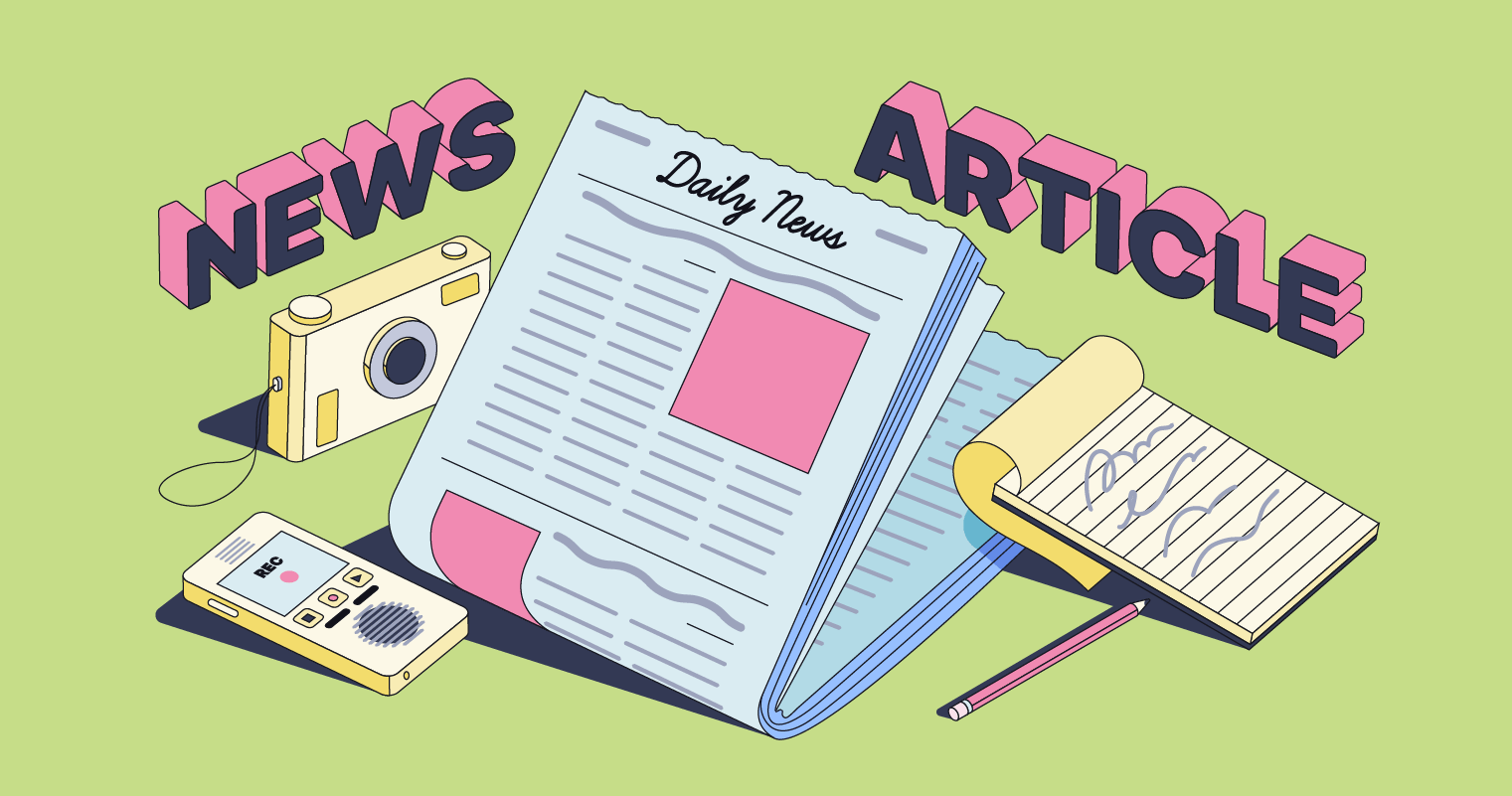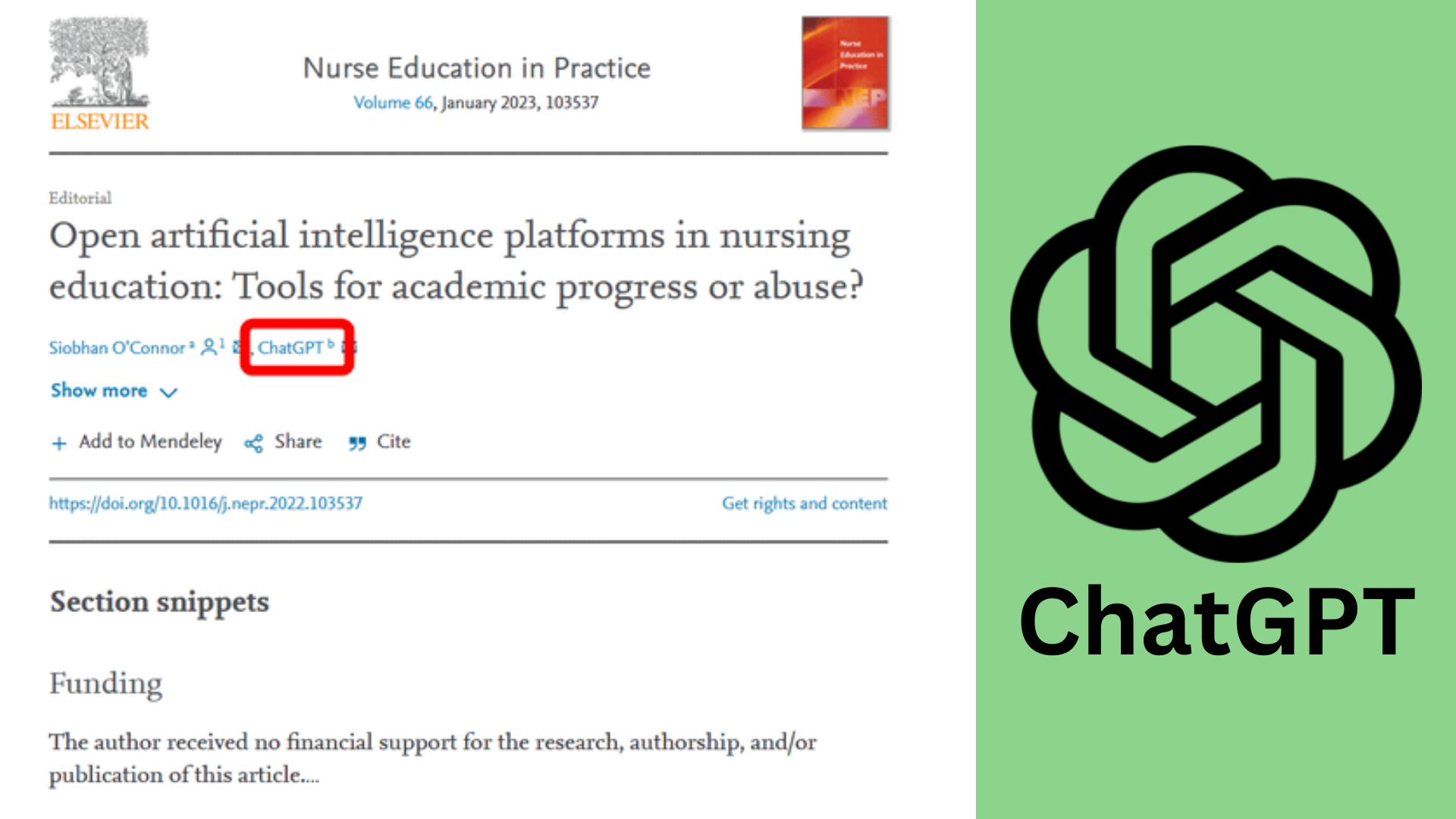
Beyond the Words: The Indispensable Role of Photography in Modern Journalism
In an age saturated with information, where the digital scroll often dictates attention spans and the cacophony of voices vies for notice, the silent power of a photograph remains an unwavering cornerstone of journalism. More than mere decoration, images are the visual anchors that ground narratives, evoke emotion, clarify complex ideas, and, crucially, establish credibility. From the harrowing shot of a war correspondent to the meticulously composed infographic, photography in journalism is not just an adjunct to the written word; it is an integral, often indispensable, language of its own.
The human brain processes visuals an astonishing 60,000 times faster than text, and 90% of the information transmitted to the brain is visual. This inherent preference for imagery underscores why, in the relentless churn of the 24-hour news cycle, a compelling photograph can stop a reader mid-scroll, draw them into a story, and leave an indelible mark long after the words have faded. "A picture is worth a thousand words" might be a cliché, but its enduring truth speaks volumes about the capacity of an image to convey depth, context, and emotional resonance in an instant that pages of text might struggle to achieve.
The Immediate Impact: Emotion, Empathy, and Understanding

At its core, journalism seeks to inform, educate, and provoke thought. Photography amplifies these goals by injecting an immediate, visceral element. Consider the iconic "Napalm Girl" photograph by Nick Ut from the Vietnam War, or the haunting image of Alan Kurdi, the Syrian refugee child washed ashore. These images transcended language barriers and political divides, directly appealing to humanity’s shared sense of empathy, sparking global outrage, and influencing public opinion and policy in ways words alone could not. They are not just records of events; they are catalysts for change.
This emotional connection is vital for engagement. In a world increasingly desensitized by a constant barrage of information, a powerful photograph can cut through the noise, forcing a moment of reflection. It allows readers to witness, even from afar, the joy, sorrow, triumph, and tragedy that define our world, fostering a deeper understanding and connection to the stories being told. Without such visual cues, narratives risk remaining abstract, distant, and less impactful.
Beyond the News Shot: A Spectrum of Visual Storytelling
While dramatic news photography often garners the most attention, the role of images in journalism extends far beyond capturing breaking events. The journalistic landscape utilizes a diverse array of visual content, each serving a specific purpose:
- Photojournalism: The classic, on-the-ground capture of news as it unfolds, emphasizing authenticity and immediacy. It’s the "first draft of history" in visual form.
- Feature Photography: Images that delve deeper into a subject, often accompanying longer-form articles. These can be portraits, slice-of-life scenes, or conceptual shots that encapsulate a theme.
- Illustrative Photography: Stock images, studio shots, or creative compositions used to accompany articles where specific news imagery isn’t available or appropriate. While often generic, when chosen thoughtfully, they can enhance a story’s mood or theme.
- Infographics and Data Visualizations: Increasingly crucial in an data-driven world, these visuals transform complex statistics and information into easily digestible and compelling narratives. They are a form of visual journalism that clarifies and educates.
- Archival Photography: Historical images that provide context, demonstrate change over time, or connect current events to the past.

Each of these forms contributes to a richer, more comprehensive journalistic experience, catering to different aspects of information consumption and understanding.
The Ethical Minefield: Authenticity, Manipulation, and Responsibility
With immense power comes immense responsibility, and nowhere is this more true than in journalistic photography. The ethical considerations surrounding image use are paramount. The core tenets of journalism—accuracy, fairness, and objectivity—must extend to every pixel of every photograph.
- Authenticity: The cardinal rule is that images must be genuine representations of reality. Cropping, lighting adjustments, and color correction are generally acceptable, but any manipulation that alters the factual content of a photograph is a grave breach of journalistic ethics. The infamous 1994 Time magazine cover depicting O.J. Simpson with a darkened, more menacing appearance sparked a fierce debate about racial bias and image manipulation, highlighting the profound impact of even subtle alterations.
- Context: A photograph, even if genuine, can be misleading if presented out of context. A picture taken at one event might be erroneously used to illustrate another, or a close-up might distort the broader scene. Journalists have a duty to ensure that the caption and surrounding text accurately reflect what the image depicts.
- Privacy and Consent: Publishing images of individuals, especially in vulnerable situations, requires careful consideration of privacy and dignity. While public figures in public spaces have less expectation of privacy, journalists must weigh the public interest against potential harm, particularly when photographing children, victims of trauma, or private individuals. The "do no harm" principle is critical here.
- Stereotypes and Bias: Images can inadvertently perpetuate stereotypes or reflect biases if not chosen and presented thoughtfully. A diverse and inclusive visual representation is essential for responsible journalism.
In an era of sophisticated digital tools, the ease with which images can be altered or fabricated presents an ongoing challenge. The rise of deepfakes and AI-generated imagery demands heightened vigilance from journalists and a renewed commitment to verifying the authenticity of visual content. News organizations must invest in tools and training to detect manipulation and educate their audiences on critical visual literacy.
The Legal Landscape: Copyright, Licensing, and Fair Use
Beyond ethics, the legal framework governing image use is complex and non-negotiable. Copyright law protects photographers and creators, ensuring they retain control over their work and are compensated for its use. Ignorance of copyright is no defense, and unauthorized use can lead to significant financial penalties and reputational damage.
- Copyright: In most jurisdictions, the moment a photograph is taken, it is copyrighted by the photographer. Journalists and publishers cannot simply "grab" images from the internet without permission.
- Licensing: This is the primary mechanism for legal image use. Publishers can obtain licenses for images, which specify how, where, and for how long an image can be used. Licenses can be:
- Rights-Managed: Specific usage rights are granted for a fee, often with limitations on duration, territory, and medium.
- Royalty-Free: A one-time fee grants broad usage rights, often without further royalties, but with certain restrictions.
- Creative Commons: A range of licenses that allow creators to specify how others can use their work, from free use with attribution to more restrictive non-commercial uses.
- Fair Use/Fair Dealing: This legal doctrine allows for limited use of copyrighted material without permission for purposes such as criticism, comment, news reporting, teaching, scholarship, or research. However, fair use is a nuanced concept, often determined on a case-by-case basis, and generally does not provide a blanket permission for journalistic use of any image. Publishers must be extremely cautious and seek legal advice when relying on fair use.
- Attribution: Regardless of licensing, proper attribution to the photographer and source is a professional courtesy and often a legal requirement.
Navigating this legal landscape requires diligence, robust internal policies, and often, dedicated legal counsel. Investing in proper licensing is not merely a cost; it’s an investment in legal compliance, ethical practice, and supporting the visual artists who contribute so much to journalism.
The Digital Imperative: SEO, Accessibility, and Engagement
In the digital realm, images play a crucial role beyond mere visual appeal. They are integral to discoverability, accessibility, and overall user experience.
- Search Engine Optimization (SEO): Images can significantly impact a story’s search ranking. Properly optimized images with descriptive alt text, relevant file names, and appropriate captions help search engines understand the content and direct users to it. Alt text, in particular, describes the image for visually impaired users and provides context for search engines.
- Page Load Speed: High-resolution, unoptimized images can drastically slow down page load times, leading to frustrated users and higher bounce rates. Journalists and web developers must ensure images are properly compressed and scaled for web use without sacrificing quality.
- Mobile Responsiveness: With a majority of news consumption now happening on mobile devices, images must be responsive, adapting seamlessly to various screen sizes without distortion or loss of detail.
- Accessibility: Beyond alt text, considerations for color contrast, avoiding flashing images that could trigger seizures, and providing transcripts for embedded video elements all contribute to making visual journalism accessible to a wider audience.
The Future of Visual Journalism: Challenges and Evolution
As technology continues to advance, the role of photography in journalism will undoubtedly evolve further. The rise of immersive media like virtual reality (VR) and augmented reality (AR) offers new frontiers for visual storytelling, allowing audiences to step into a scene and experience stories in unprecedented ways. Drone photography provides unique perspectives, while sophisticated editing software continues to push the boundaries of visual creation.
However, these advancements also bring challenges. The proliferation of AI-generated content, including realistic but entirely fabricated images, poses a significant threat to trust and authenticity. Journalists must become even more adept at verifying sources, employing forensic tools to analyze images, and clearly labeling AI-generated content when used. The battle against misinformation will increasingly be fought on the visual front.
Despite these technological shifts, the fundamental human need for connection and understanding through authentic visual storytelling remains constant. The skill, bravery, and artistic eye of the photojournalist who ventures into the heart of a story, capturing raw emotion and definitive moments, will always be invaluable. As legendary photojournalist Robert Capa famously said, "If your pictures aren’t good enough, you’re not close enough." This ethos continues to drive the most impactful visual journalism.
Conclusion
Photography is not an accessory to journalism; it is its lifeblood. It is the universal language that transcends text, the emotional conduit that builds empathy, and the undeniable evidence that grounds a narrative in reality. From capturing the monumental to illuminating the mundane, images breathe life into stories, making them more accessible, memorable, and impactful.
In a hyper-visual world, the responsibility of journalists to select, present, and verify images with utmost ethical rigor and legal compliance has never been greater. As the media landscape continues its rapid evolution, the enduring power of a single, well-chosen, and authentically presented photograph will remain journalism’s most potent weapon in the pursuit of truth and understanding, ensuring that stories are not just told, but truly seen and felt.

